Direct Radionuclide Cystograms(DRCG In Chandigarh) is an imaging procedure that uses special cameras to visualize the urinary bladder during its filling up and emptying. DRCG test is an imaging procedure that uses a radiotracer material and special cameras to generate images of the urinary bladder during its filling up and emptying to assess disorders.
CContents
What is a DRCG?
A direct radionuclide cystogram, or DRC, is a test to take pictures of your child’s bladder. The test shows what happens to the bladder as it fills up and as your child urinates (pees). Sometimes the test is called a nuclear VCUG or nuclear voiding cystogram.
Read about the history of the DRCG
One of the most common types of cystoscopy is the direct radiocontrast (DRC) cystogram. A DRCG is used to determine whether a patient has any abnormalities in their bladder, such as cancer or other tumors, infections, stones, and evidence of bladder problems due to diabetes or aging. Originally, rectal and vaginal exams were performed after the contrast was injected into the patient’s bladder through a catheter passed through the urethra.
The risks of the DRCG
A direct radionuclide cystogram, or DRCG, is an imaging test that uses x-rays to view the inside of the bladder. It’s used to diagnose and pinpoint abnormalities within the bladder and other organs in the area. For example, if certain areas of the bladder are inflamed or bleeding, a DRCG can lead to more specific treatments.
How do you get a DRCG test done?
A DRCG is a test that uses radiation from a radioactive source to look for certain cancers. It can also check for gallstones, kidney stones, appendicitis, and other diseases. Before the test begins you will need to drink several small glasses of water over the course of an hour or two before your appointment. The DRCG test is used for both detection and follow-up of urinary reflux disease. This involves the injection of the isotope through the abdominal wall into the bladder, thus avoiding catheterization (inserting a tube in the urinary tract) of the patient.
What is the difference between a Transurethral Cystogram (TUG) and a DRCG test?
A DRCG is a diagnostic test that features a single-use device that is inserted into the urethra. This device helps to identify any problems with the prostate such as cancer or infection. A TUG, on the other hand, is a more invasive procedure where an instrument called a cystoscope will be placed through the urethra and into the prostate.
How is the procedure performed on a urologist or radiologist?
A direct radiography cystogram (DRCG) is used to detect the presence and size of a bladder stone. A radiopaque contrast solution is injected into the patient’s vein through a catheter, pushed into the bladder, and then x-rayed. This procedure may also be used to examine other organs such as the pancreas and appendix.
What are the advantages and disadvantages of using a DRCG test?
One of the most common diagnostic tests used to evaluate urinary tract problems is the direct radionuclide cystogram. This test uses a scintigram machine to detect abnormalities and then act as a guide for further testing. The test is non-invasive, meaning that it doesn’t require an exploratory incision or require a great deal of time and effort from the patient. It also is relatively cheap, but the downside is that the test provides less information than other tests that can be performed during an office visit.
Frequently Asked Question?
What is a direct Cystogram?
A direct radionuclide cystogram, or DRC, is a test to take pictures of your child’s bladder. The test shows what happens to the bladder as it fills up and as your child urinates (pees). Sometimes the test is called a nuclear VCUG or nuclear voiding cystogram.
What is Ureterovesical reflux?
Vesicoureteral reflux is the abnormal flow of urine from your bladder back up the tubes (ureters) that connect your kidneys to your bladder. Normally, urine flows from your kidneys through the ureters down to your bladder. It’s not supposed to flow back up.

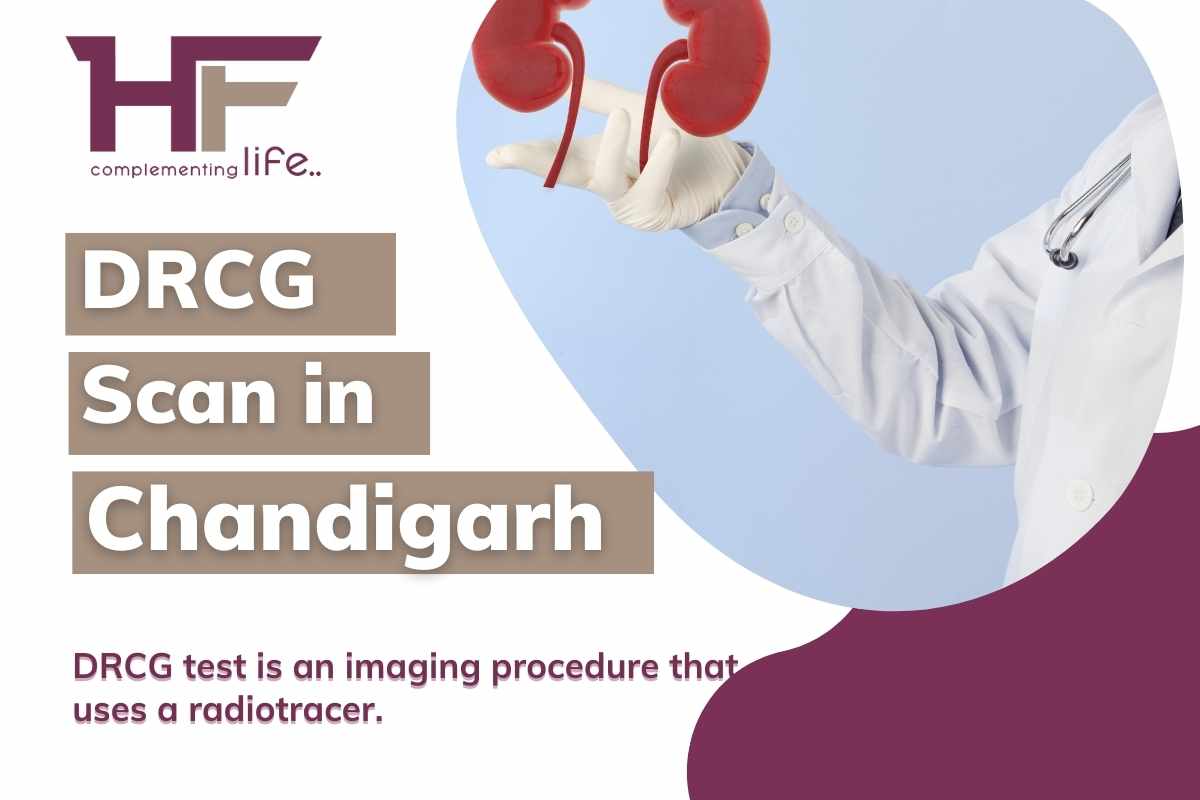
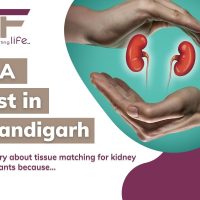
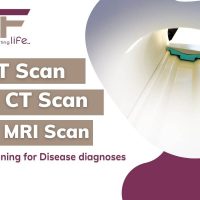


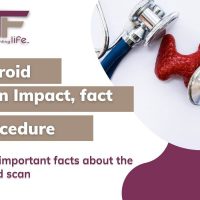

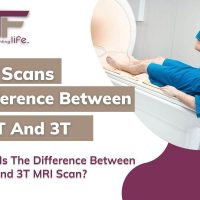

Comments